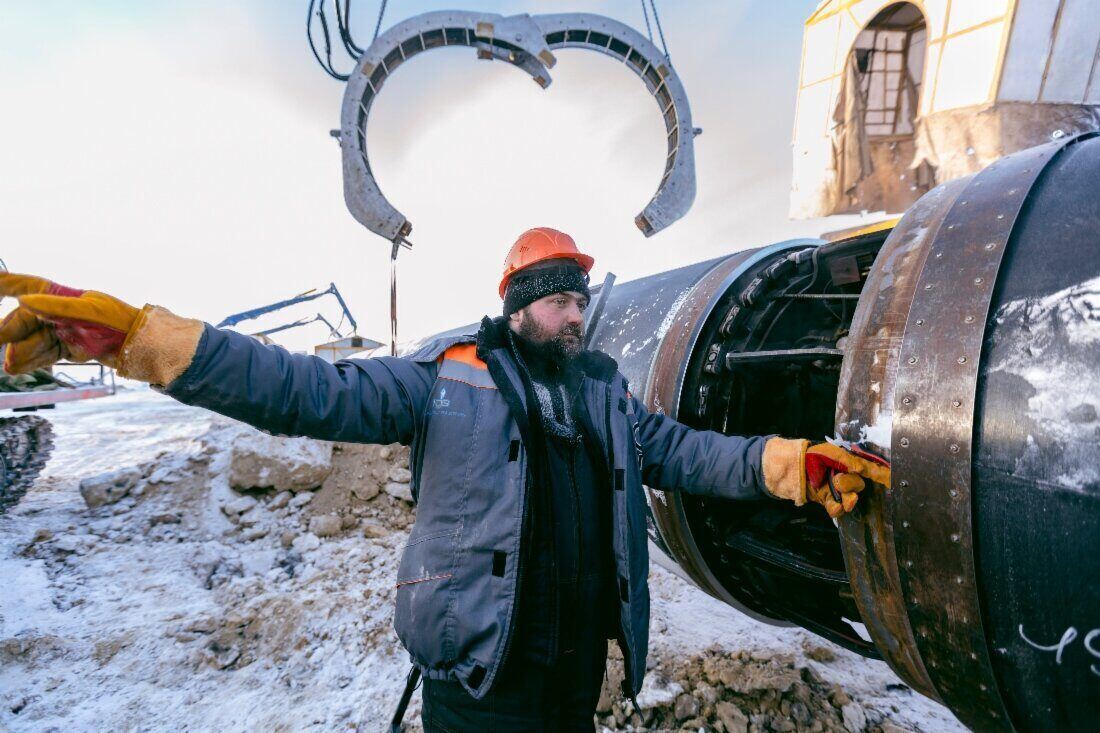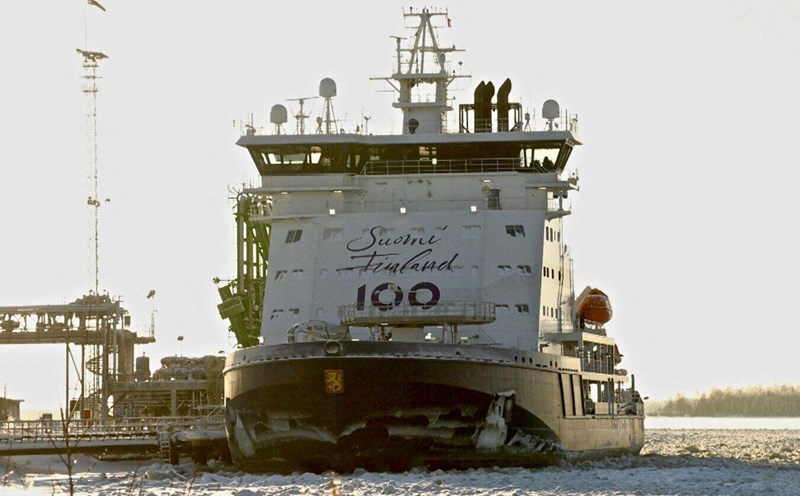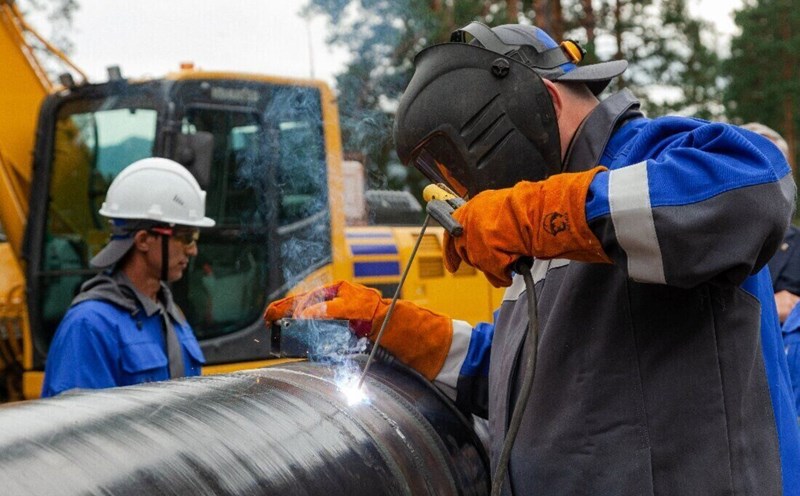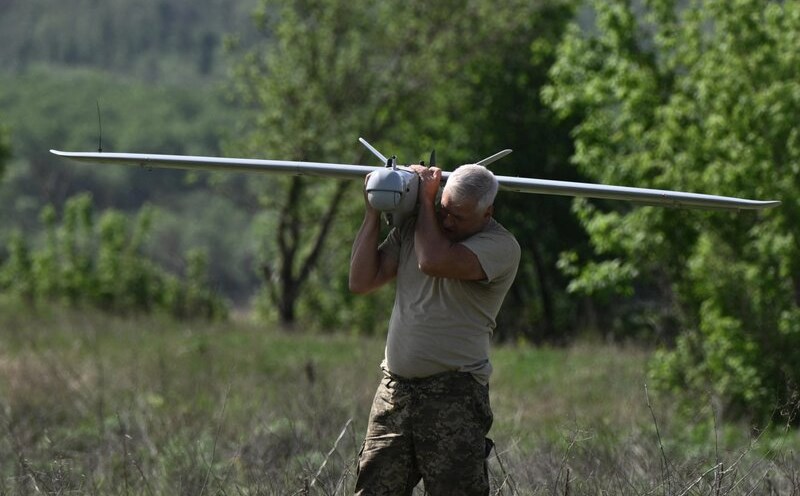China is looking to buy more Russian gas through existing gas pipelines as negotiations between the two countries have not made progress on building a new pipeline, the two sources informed.
Energy is expected to be the main theme of the agenda when Russian President Vladimir Putin and General Secretary and President of China Xi Jinping meet in China next week.
However, the possibility of a breakthrough in the $13.6 billion Power of Siberia 2 pipeline project to supply 50 billion cubic meters of gas to northwestern China during the visit is low, the sources noted.
Instead, China is considering increasing gas purchases via the Power of Siberia 1 pipeline, from the current 38 billion cubic meters.
Russia wants to expand oil and gas exports to Asia after losing the European market due to Western sanctions when the conflict in Ukraine broke out.
For more than 50 years, Russia has supplied gas to Europe from the source in Western Siberia. The region supplies 180 billion cubic metres of gas per year, equivalent to 40% of Europe's gas demand, to Russia at $90 billion per year.
Russia began supplying gas to China from Eastern Siberia in 2019 via the Power of Siberia 1 pipeline.
The production areas in Western Siberia and Eastern Siberia are still not connected and Moscow hopes to shift gas from Western Siberia to China by building the Power of Siberia 2 pipeline.

Gazprom initially designed the Power of Siberia 2 pipeline to compete with China and the EU for gas from mines in Siberia.
However, this gas super project is becoming more important to Russia as the EU stops importing its gas from 2022 as the conflict in Ukraine broke out.
However, Moscow and Beijing have not reached an agreement on gas prices and the pipeline budget despite more than a decade of negotiations.
A senior source in Beijing said that Gazprom and the National Oil and Gas Group of China are negotiating to increase gas supplies via the Power of Siberia 1 pipeline by 6 billion cubic meters per year from 2031.
The new supply could bring Gazprom $1.5 billion a year, based on gas prices of $250 per 1,000 cubic metres, the calculation shows.
Another source said that China's state-owned infrastructure company PipeChina has launched research to expand its domestic network to prepare for receiving more gas via the Power of Siberia 1 pipeline. Construction may begin in the second half of 2026.
Russia and China are discussing increasing gas through the Power of Siberia 1 pipeline to 45 billion cubic meters, according to Sergey Sanakoev, head of the Asia-Pacific Research Center in Moscow, who is involved in energy negotiations between Russia and China.
Gazprom said the Power of Siberia 1 could pump more than 38 billion cubic meters of designed capacity.
"That does not mean that the Power of Siberia 2 will be abandoned," Sanakoev said.
Russia is also expected to start supplying gas to China via the gas pipeline from Sakhalin Island in the Pacific Ocean in 2027. The pipeline is expected to supply 10 billion cubic meters of Russian gas per year.











